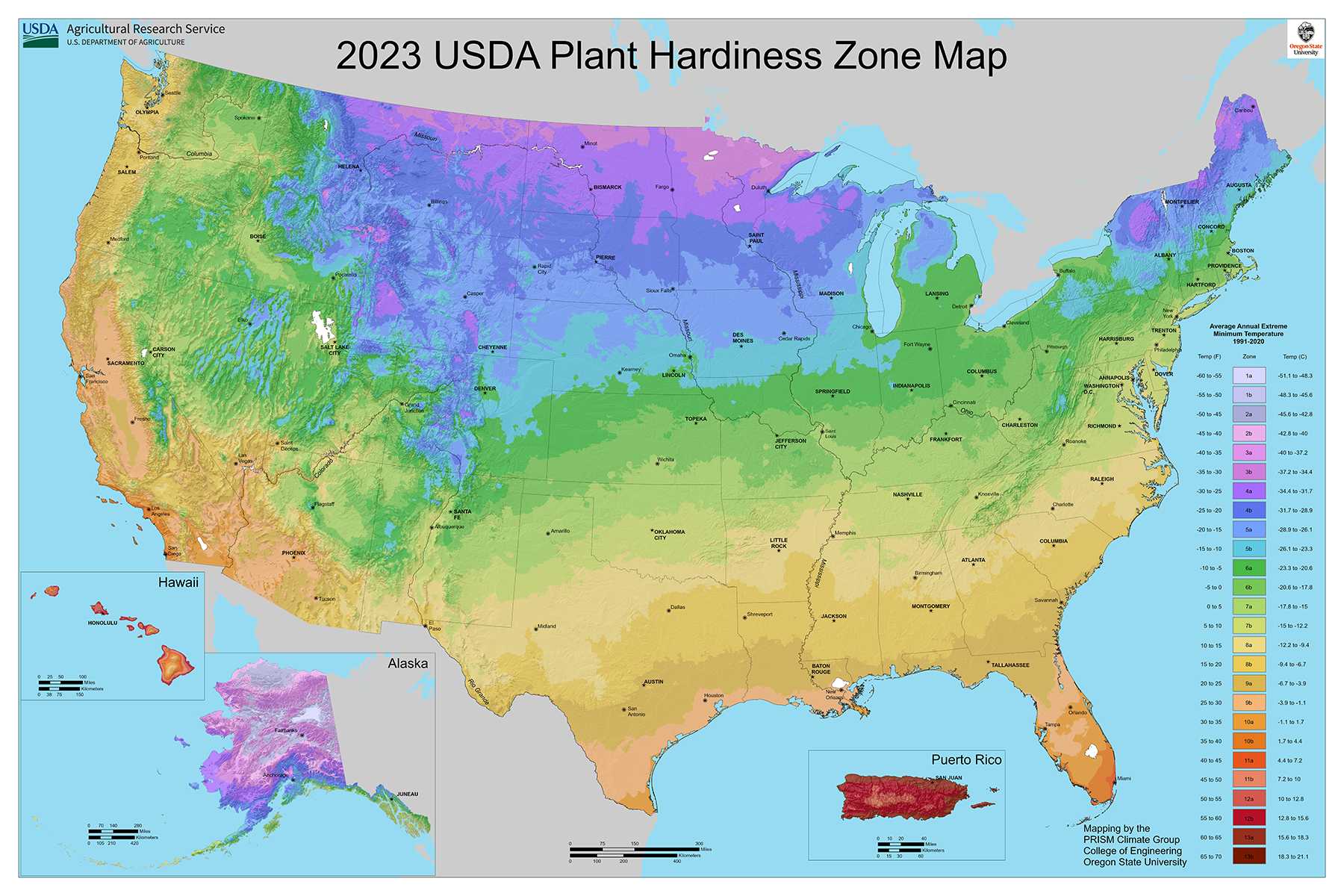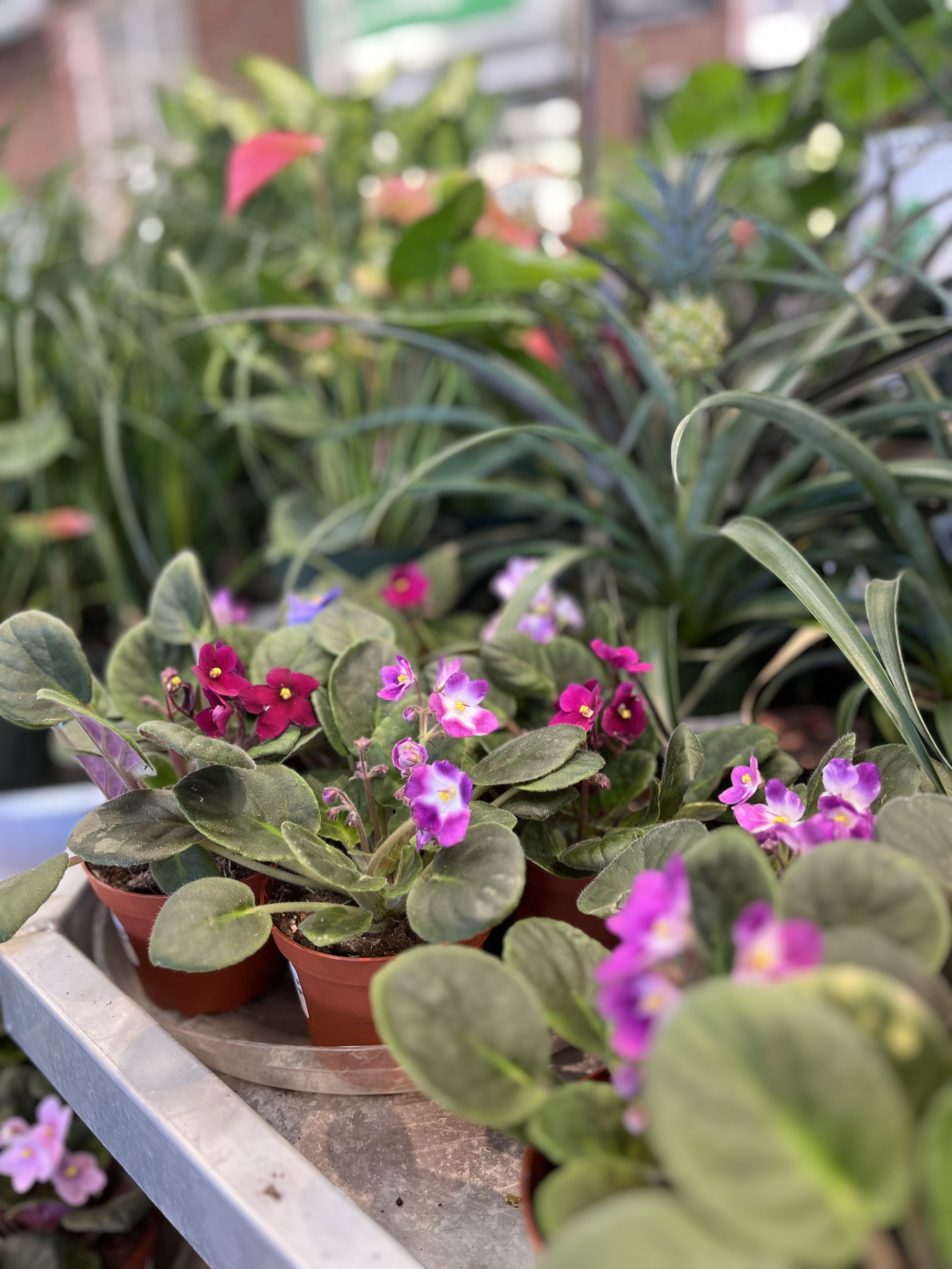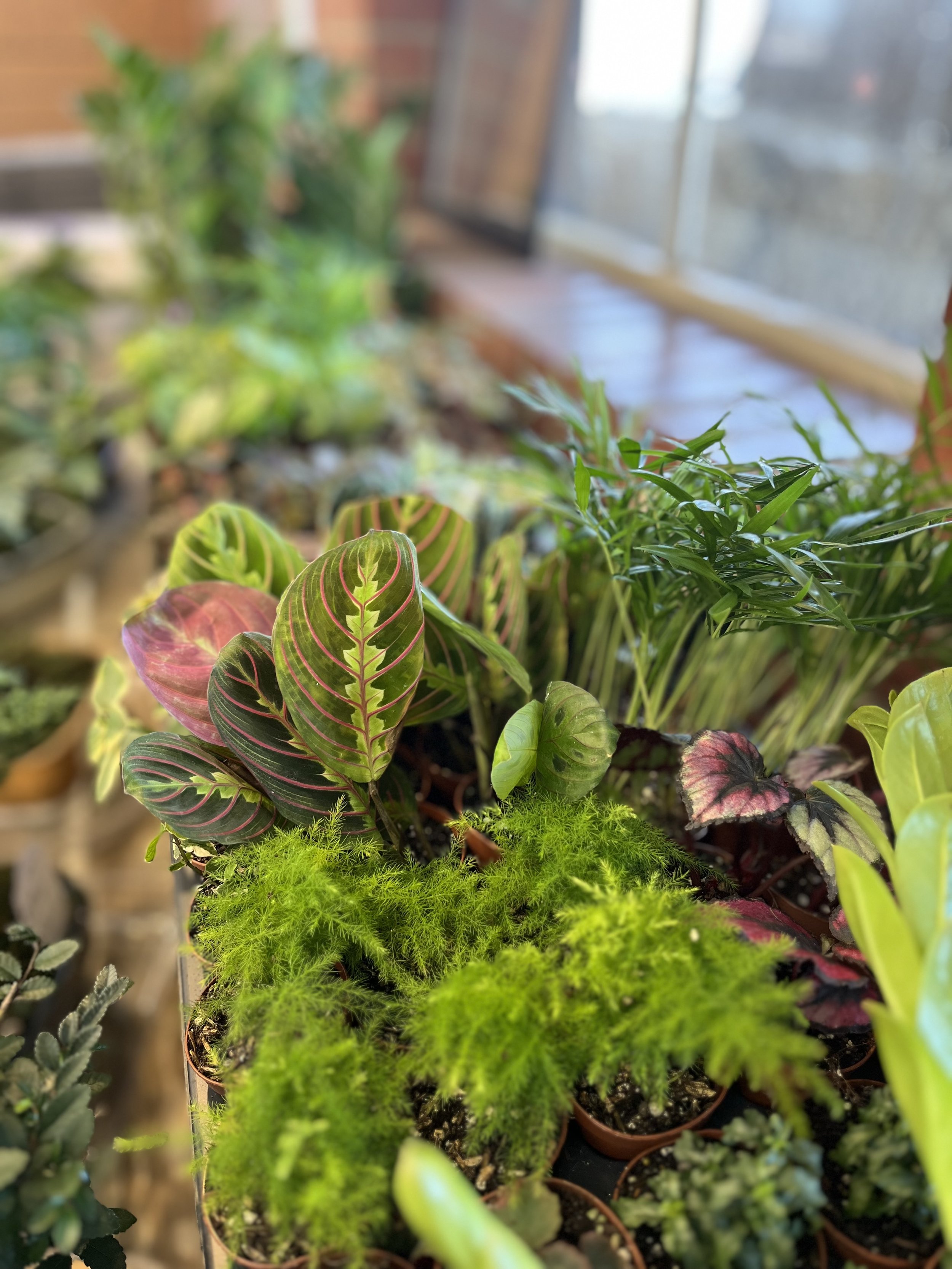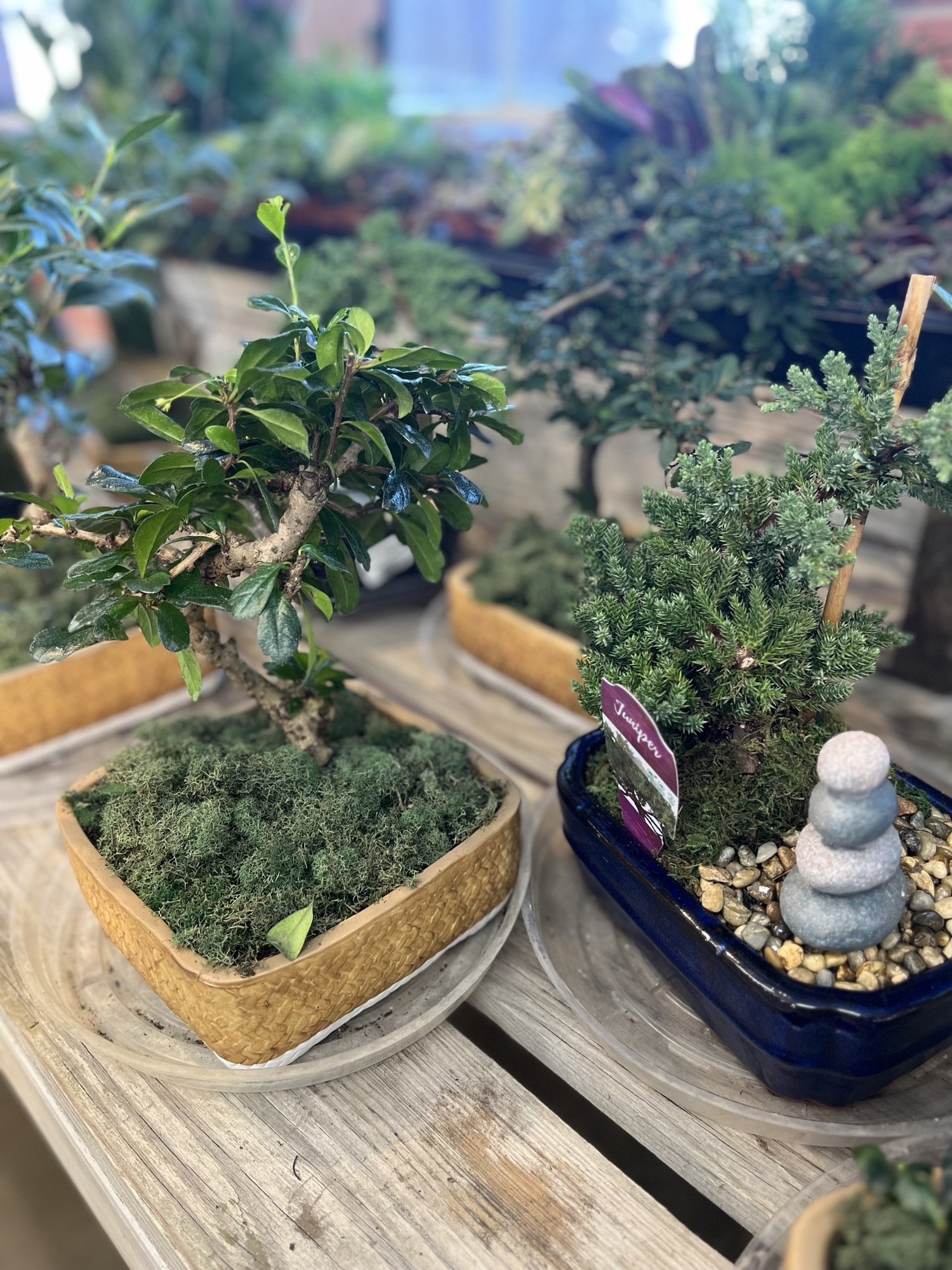NO, I’M NOT A COP
It was a 1977, 4-door, Chevrolet Caprice Classic. It was silver-gray, and it was just starting to develop some rust spots on the trunk. It had a 350 V-8 under the hood and enough room on the inside for a family of five...and all their neighbors!
It was big...and it was mine.
If you’re not familiar with the 1977 Chevrolet Caprice Classic, just think “cop car” from the late ’70s. Mine came from my granddad. He had bought it new, back in 1977, but now it was 1985 and he was ready for something else. So was I.
It had some miles on it, about 175,000 if I remember right, but it was very well-maintained and mechanically solid. Most importantly, the price was right...cheap!
I said it was mechanically solid, and it was. The engine was still in great shape, as was the transmission. No worries there. But that’s not to say it wasn’t experiencing the expected wear and tear of a car of its age and mileage. It was an old car with a lot of miles on it, and little repair “opportunities” came up pretty regularly. The cold weather over the last couple of weeks reminded me of one of those said opportunities.
It happened during the first winter I owned it. A piece connected to the heating system started leaking engine coolant.
I’d always tinkered with things, so repairs didn’t scare me. I also had a year of high school Auto Mechanics under my belt. I’m not saying I was an expert mechanic, but I did understand how things worked and I wasn’t afraid to get under the hood and tear into things.
I identified the problem pretty quickly. It was in a part that lay between the engine block and the heater core. It was easy to see the water leaking out when the engine was running. It wasn’t going to be an expensive repair, and it didn’t look too complicated, but it was going to take some time and that was something I was short on.
So, I came up with a short-term, “quick fix” instead. I just bypassed the leaking part.
That eliminated the coolant leak which did buy me some time, but it also did something else...it took away my heat! By bypassing the leaking part, I eliminated my coolant leak, but I no longer had a working heater in my car...and it was winter.
This was a temporary trade-off I was willing to make. I figured I would just bundle up a little bit heavier for a few days and get to the repair over the weekend.
It’s fair to say that was a plan...but it wasn’t a very good one!
Cameron Rees, General Manager
Without heat, the inside of my car...a car I was driving during a good-old Kansas winter...was cold, VERY cold. I had planned on that part, so I was bundled up. What I hadn’t anticipated is what happens on the inside of a car when you’re driving without heat. All the moisture from your breath forms a nice layer of frost on everything, including your windows
Within a few miles, I had to scrape the inside of the windshield to be able to see out.
Luckily, my best friend and I shared rides back and forth from school, and he was riding copilot with me the first morning I tested out my quick fix. As I drove, he scraped to maintain my visibility, and we both froze all the way to school. It was the coldest ride I’d ever taken!
Needless to say, I sure did find time in my “busy” schedule to fix the problem later the same day.
As I was driving home from work the other day, and I was freezing my tail off waiting for my truck to warm up, that memory just popped into my head. I didn’t have to scrape the inside of my windshield now, but I sure was cold. Still, I chuckled to myself, at least I wasn’t that cold!
Hopefully, that last spell of arctic bitterness is the worst of it for the rest of the winter!
That old Caprice Classic got me through high school, all of college, and a couple of years beyond. It got me to my summer internship in Long Island and back, and several other long road trips, as well. I traveled with my toolbox in the trunk along with a few spare parts. And I did continue to get the “opportunity” to perform a fair number of minor roadside repairs, but I was never down for long. It was a great car.
Especially when it had heat!
Speaking of heat, we unloaded a little bit of sunny Florida the other day. We got a fresh delivery of houseplants! It was a welcome dose of green and put a smile on everyone’s face, mine included!
If you could use a dose of green too, stop by! We have plenty!
Cheers,
— Cameron Rees
“thymely” advice:
Updated Winter Hardiness Zone Map
Hardiness zone maps have been around for a long time, almost a hundred years.
Through the years there have been numerous versions created by various entities, but over the last 30-40 years, the USDA Hardiness Zone Map has been the standard for most gardeners.
This map divides the country into different zones based on the average lowest winter temperature. Each zone is given a color and a numerical designation. In the end, a map of the U.S. is irregularly striped in a rainbow of colors with designations starting at 1 in the coldest regions and pushing into the low teens in the more tropical areas.
An updated version was just released in December, incorporating about an additional 15 years of recent weather data. Warmer winters during that time frame have resulted in an “upward” shift of hardiness zones. In short, most areas are sitting in a “warmer” winter hardiness zone than they used to on the previous map.
But what does this mean for growing? Honestly, not a lot.
Keep in mind that hardiness zones are created using average minimum winter temperatures. Averages are not what generally kill plants, extremes do. The sub-zero, low temps we experienced over recent weeks are exactly what I’m talking about.
Bottom line, the winter hardiness map is a helpful guide. It provides good, basic, winter hardiness information that can guide gardeners towards plants that stand a good chance of surviving, and away from plants that will just be too tender. But it’s only a guide.
Many other variables influence the survivability of your garden plants through the winter season, things such as overall plant health, level of establishment, and garden microclimates, to name a few. Temperature alone is only one piece of a more complex equation.
My advice...
Gardeners in our area should be pretty safe with plants hardy to at least Zone 6A... that’s hardy to -10 degrees. According to the updated map, we are now in Zone 6B, 0 to -5 degrees, but the -9 we hit just a couple of weeks ago is exactly what I was getting at when I mentioned that the extremes kill plants.
Having said that, if you like pushing things a bit, and you’re okay with taking the hits that come along with taking risks, I wouldn’t be afraid to plant things that are only winter hardy to Zone 6B or maybe even Zone 7. But ONLY do that if you have a good spot, you know what you’re doing, and you’re okay with taking a hit from time to time.
Mother Nature always wins in the end!
— Cameron Rees
WHAT’S NEW?
HOUSEPLANT ARRIVALS FOR VALENTINE’S DAY
Looking to give a friend, family member, or colleague a little love this Valentine’s Day? Come check out our new arrivals of houseplants at the garden store! Houseplants make the perfect gift because they live on long after a bouquet of cut flowers has passed its prime, provide an ongoing reminder of thoughtfulness, and give cheerful warmth to any space. Houseplants need different care in the colder months than in warmer ones, but with a few tips, anyone can be a successful indoor plant owner. Come by and check out our new stock and share the tips below with your recipient as an added gift!
Water your houseplants less frequently in the winter, according to whether the soil is wet or dry
Consider moving your plants for more sunlight - but not direct sunlight.
Watch where you place your plants inside - not close to drafty windows or doors.
It’s best to stop fertilizing in the fall and resume again in the spring.
Treating pests or fungus with neem oil or insecticidal soap is the safest option for indoor use.
Improve humidity by clustering plants together or using pebble & water trays underneath.
Dust off your plants with a damp cloth.
Try and avoid re-potting in the winter, if possible.
UPCOMING EVENT:
Mark your calendar...the Kansas LAWN & Garden Show is back!
Come down and see us at the 2024 Kansas Lawn & Garden Show this month! We’ll be sharing information on new products, gardening advice and suggestions, updates on the greenhouse building project, AND a special pair of coupons for those who stop by! We’ll also have more information on open positions at Skinner Garden Store. So if you dream of working with plants, consider saying “hello” and grabbing an application.
WHO: You & Skinner Garden Store staff
WHAT: 2024 Kansas Lawn & Garden Show
WHEN: Friday, February 16 – Sunday, February 18
WHERE: Stormont-Vail Events Center, Topeka KS
HOW: Tickets and more information available HERE








